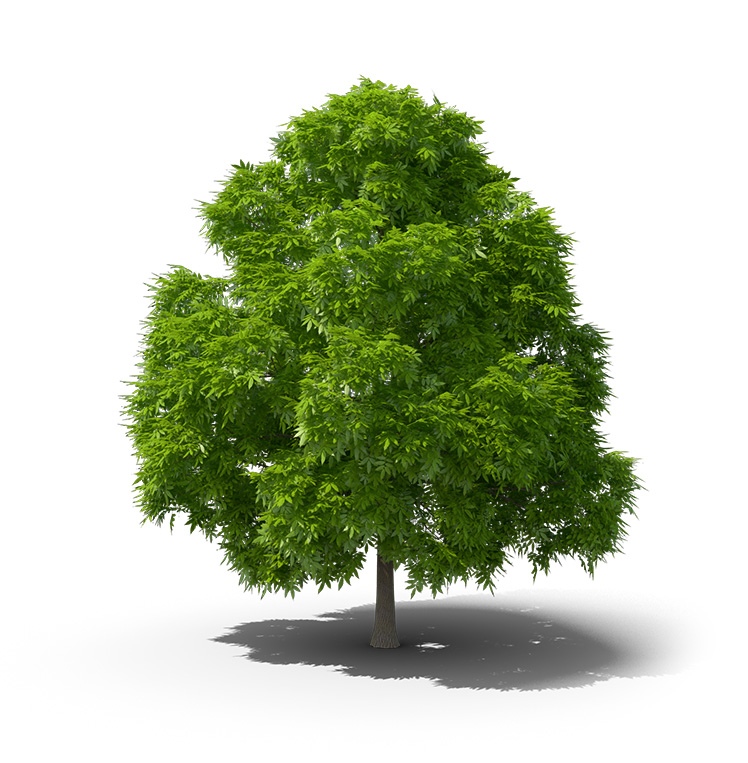AMERICAN WALNUT
American Walnut is an attractive and valuable wood, sought after for it’s stunning dark colours and consistent grain patterns. This beautiful tree grows at a slow rate, however, this assists in the Walnut tree growing durable and naturally strong timber.

How To Identify American Walnut
The grain of this tree is typically in straight patterns. It is not uncommon that some cuts of this timber will also posses wavy and curly grain lines.
Here are the key characteristics that will assist in identifying an American Walnut Tree.
English Name – American Walnut, Black Walnut
Scientific Name – Juglans Nigra
Wood Type – Hardwood
American Walnut Size – 30 – 40m (100 – 130 ft) tall
Trunk Diameter -2 -4 ft
Spread – Up to 6 m ( up to 20 ft)
Life Span – Approx 130 years
UK Location – Warmest Locations. Native of North America
Colour
The dark chocolate brown colour of the American Walnut tree is only found in the very centre of the tree, known as the ‘heartwood’. The colour is distinctively darker than other types of wood. Ranging from a medium chocolate brown to very dark brown, the colour is determined depending what part of the tree the wood has come from. Some cuts will have a hint of purple, some may even present a much lighter and creamy colour.
Leaves
The leaves have toothed edges with between 5 and 25 leaflets per stem. Leaves are symmetrical apart from one leaf that grows from the tip. Crushed leaves are known for emitting an aroma similar to polish and is a sure fire way of identifying this particular tree.
Texture & Design
The grains are usually straight, but can also present an irregular pattern, depending on what part of the tree it was taken from. The medium texture of the wood allows an incredibly smooth finish
Location
First introduced to Europe in 1629. Native to North America, Walnut trees prefer a warmer climate so they are mostly likely found in the Southern regions of England.
American Walnut Bark
During the younger years of this tree, the bark is much smoother with an olive brown hue. As it matures, the bark becomes heavily ridged with deep fissures. As the bark matures, the colour slowly transforms into a silvery grey.
GET IN TOUCH
If you have any questions or would like to order a bespoke piece of furniture from us then feel free to get in touch..
